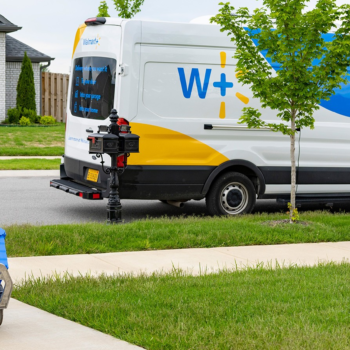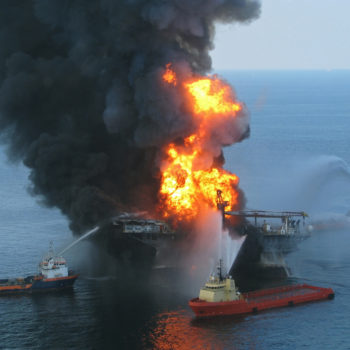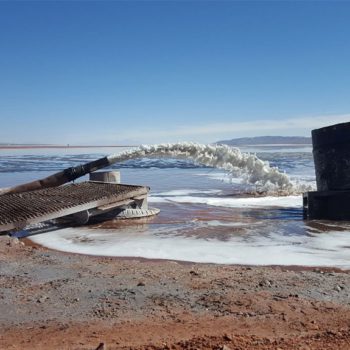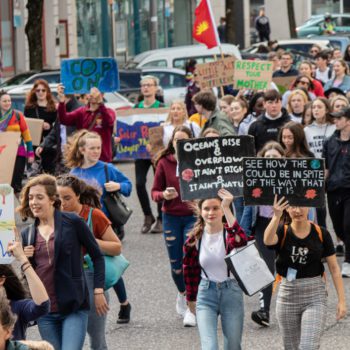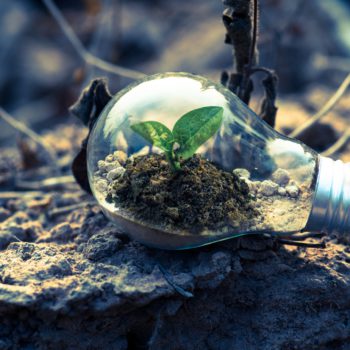|
|
Plastic pollution has become an alarming global concern, with ocean plastic and marine plastic debris emerging as significant sources of environmental harm. The pervasive use of plastic in our everyday lives, from packaging groceries to utensils, has exacerbated this issue. Moreso, plastic pollution in the world’s oceans poses a grave threat to marine ecosystems and biodiversity.
To effectively tackle the hidden environmental expenses associated with a world dominated by plastic, proactive measures are essential. These measures aim to reduce plastic consumption and enhance waste management practices, offering a sustainable solution to mitigate the impact of plastic pollution.
The Impact of Plastic Pollution on the Environment
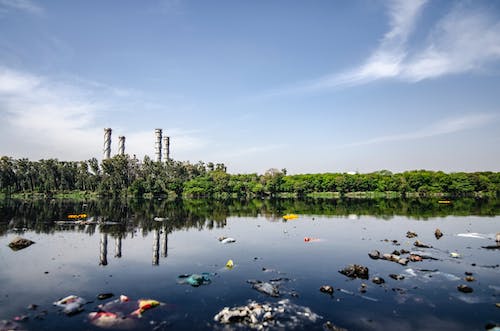
Plastic pollution refers to the accumulation of plastic debris in the environment, particularly in our oceans. This type of pollution poses a serious threat to marine life and ecosystems, as marine animals often mistake plastic for food and can become entangled in plastic waste. The excessive presence of plastic in our oceans also contributes to climate change, as the breakdown of plastic releases greenhouse gases into the atmosphere.
A report by the Worldwide Fund for Nature (WWF) warns that microplastic levels in our oceans could increase by 50 times by the end of this century. This dramatic rise raises the risk of extensive marine life extinction in the most heavily polluted regions. The study reveals that an ocean area over two and a half times the size of Greenland could potentially reach ecologically harmful microplastic concentrations by 2100.
One of the major contributors to plastic pollution is single-use plastic products. These items, such as plastic bags and water bottles, are used for a short period of time before being discarded, adding to the growing amount of plastic waste. In order to combat this issue, efforts should be made to reduce the production of plastic and use of single-use plastic, encouraging the adoption of reusable alternatives.
Improving Plastic Waste Management

Efficient plastic waste management is pivotal in addressing the concealed environmental costs associated with plastic. Currently, a substantial volume of plastic waste finds its way into landfills or is disposed of improperly, exacerbating pollution. To tackle this issue, various practices and initiatives can be employed.
Recycling and Responsible Disposal
Implementing robust waste management systems, including widespread recycling programs and proper disposal facilities, is paramount. For instance, cities like San Francisco have adopted comprehensive recycling programs, achieving impressive diversion rates from landfills.
Embracing a Sustainable Life Cycle
Taking a holistic approach to plastic products, from their production to disposal, is essential. Numerous companies exemplify this by incorporating recycled plastic materials into their products. For instance, Adidas has launched sneakers made from recycled ocean plastic, showcasing a commitment to sustainable practices.
Responsible Manufacturing
Promoting responsible manufacturing processes is another key factor. Brands like Patagonia focus on sustainable production by using recycled materials and reducing their carbon footprint, setting industry standards for environmentally conscious manufacturing.
Supporting Innovation
Encouraging innovative solutions is vital in reducing the environmental and economic impacts of plastic. Initiatives like The Ocean Cleanup, founded by Boyan Slat, are pioneering technologies to remove plastic debris from oceans, demonstrating the potential for groundbreaking innovation.
By adopting these practices and drawing inspiration from examples like San Francisco’s recycling programs, Adidas’ sustainable sneakers, Patagonia’s responsible manufacturing, and The Ocean Cleanup’s innovation, we can collectively work towards a more sustainable and responsible approach to plastic waste management
Reducing Plastic Packaging Waste
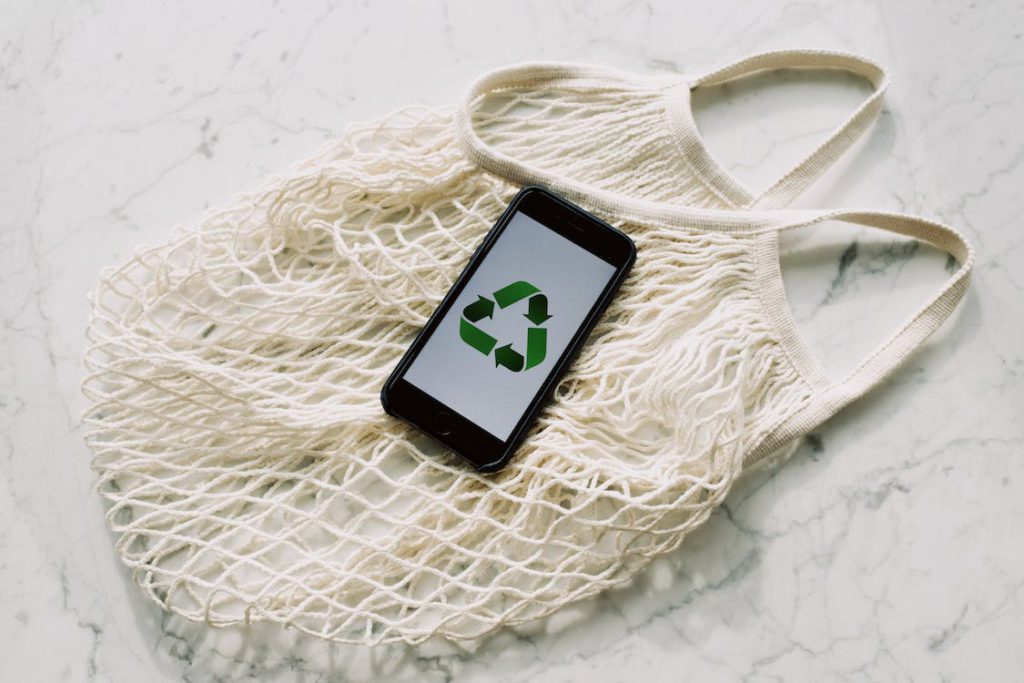
Plastic packaging is another major contributor to plastic waste generation. The reliance on plastic packaging for food products and consumer goods has resulted in a significant amount of plastic ending up in our landfills and oceans. To address this issue, alternative packaging materials and solutions should be explored and implemented.
One promising solution is the adoption of biodegradable and compostable materials as substitutes for conventional plastic packaging. Companies like EcoEnclose and TIPA offer compostable packaging solutions, reducing the long-term ecological impact. These materials decompose more easily in natural environments, safeguarding ecosystems.
Fostering a Circular Plastic Economy

Transitioning to a circular plastic economy is crucial in addressing the hidden environmental expenses of plastic. A circular economy aims to minimize waste and keep materials in use for as long as possible. This can be achieved through practices such as recycling and reusing plastic products.
The implementation of circular economy models, as exemplified by companies like Loop, offers reusable packaging options as an alternative to single-use plastic. These initiatives demonstrate a commitment to reducing the demand for virgin plastic and promoting a more sustainable approach to packaging.
Efforts to mitigate plastic pollution should not only focus on reducing plastic consumption and improving waste management but also on increasing the use of recycled and repurposed plastic. By reducing the demand for virgin plastic production, we can significantly reduce the amount of plastic waste generated and its impact on the environment.
The Role of Education and Awareness

Education and awareness play a key role in addressing the hidden environmental expenses of plastic. It is important to educate individuals, communities, and industries about the environmental impact of plastic pollution and the importance of sustainable practices. Initiatives such as beach clean-ups, environmental campaigns, and educational programs can help raise awareness and encourage active participation in reducing plastic waste.
Education and awareness play a pivotal role in reducing plastic packaging waste. Initiatives like Plastic-Free July encourage responsible consumption by motivating consumers to choose products with minimal or eco-friendly packaging. This awareness-raising approach fosters informed choices and reduces unnecessary plastic consumption.
Furthermore, collaboration between governments, businesses, and non-profit organizations is essential in driving systemic change. By working together, we can develop and implement effective policies and strategies to combat plastic pollution and create a more sustainable future.
Frequently Asked Questions
The production and disposal of plastic contributes to greenhouse gas emissions, which in turn contribute to climate change. Plastic production requires fossil fuels, and when plastic waste is incinerated or decomposes, it releases carbon dioxide and other greenhouse gases into the atmosphere.
Plastic waste that is not properly disposed of can end up in rivers and oceans, leading to marine plastic pollution. This plastic pollution harms marine life, damages ecosystems, and can even enter the food chain.
Global plastic sources include plastic production facilities, plastic packaging, single-use plastic items, plastic litter, and even microplastics that are released from clothing fibers during washing.
Informal waste management refers to the unofficial or unregulated processes of collecting, processing, and disposing of waste. In many parts of the world, informal waste management systems handle a significant portion of plastic waste.
The demand for plastic is driven by various factors, including population growth, urbanization, consumerism, and a reliance on single-use plastic items. Industries such as packaging, construction, and transportation also contribute to the demand for plastic.
Plastic pollution in the marine environment can have serious consequences. It can entangle and suffocate marine animals, contaminate their habitats, and disrupt marine ecosystems. Plastic ingestion by marine creatures can also lead to starvation and reproductive issues.
The plastic life cycle refers to the stages of production, use, and disposal of plastic. It includes the extraction of fossil fuels for plastic production, the manufacturing process, the distribution and use of plastic products, and the eventual disposal or recycling of plastic waste.
To tackle plastic pollution, initiatives can be taken at individual, community, and governmental levels. These include reducing plastic consumption, promoting recycling and waste management, implementing policies to limit single-use plastics, and raising awareness about the issue.
Plastic ingestion can have detrimental effects on marine life. Marine animals may mistake plastic items for food and ingest them, leading to internal injuries, blockages, and even death. This can affect both large marine creatures and small organisms at the base of the food chain.
A: Plastic pollution has broad-ranging effects. It harms wildlife, damages ecosystems, degrades beaches and coastal areas, and impacts human health. It also contributes to the presence of plastic debris in the oceans, affecting marine ecosystems and biodiversity.
Conclusion- Addressing the Hidden Environmental Expenses in a World Dominated by Plastic
The gravity of the concealed environmental costs associated with our plastic-dominated world is undeniable, demanding swift and resolute action. Our path forward involves a multi-pronged strategy encompassing reduced plastic consumption, enhanced waste management, innovative alternative packaging materials, the advancement of a circular plastic economy, and widespread awareness.
In collectively pursuing these avenues, we not only confront the adverse effects of plastic pollution but also forge a sustainable future for our precious planet.



